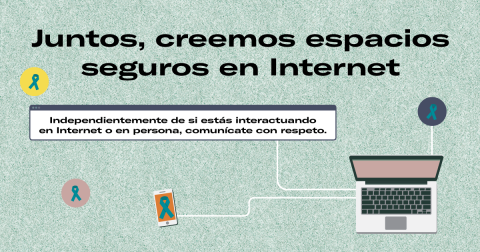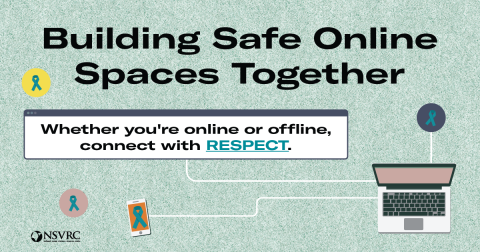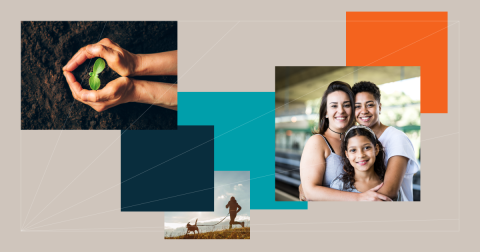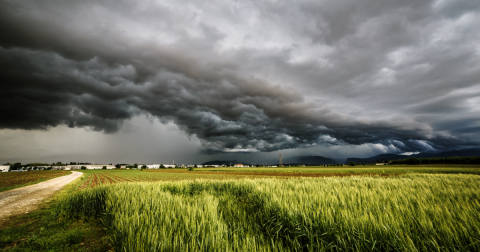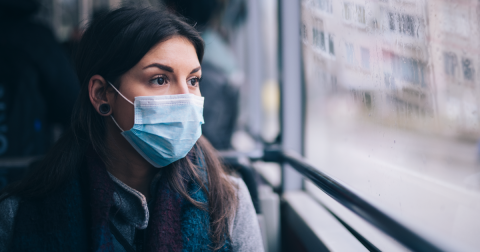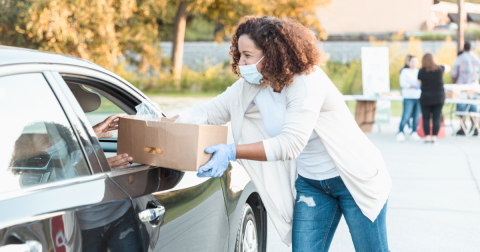The NSVRC collects information and resources to assist those working to prevent sexual violence and to improve resources, outreach and response strategies. This page lists resources on this website that have been developed by NSVRC staff.
- May 09, 2022
- CourtlandMurray
PreventConnect staff Ashleigh Klein-Jimenez and Janae Sargent sat down Laura Palumbo and Mo Lewis, from the NSVRC, to talk about the 2022 national Sexual Assault Awareness Month (SAAM) campaign, Building Safe Online Spaces Together. The conversation highlights how white supremacy shows up in online spaces, what’s missing in the mainstream conversation about online safety, and what preventionists and practitioners can do to live their values online. Participants: Ashley Klein-Jimenez, Director of Prevention - PreventConnect Janae Sargent, Project Coordinator - PreventConnect
- April 20, 2022
- NSVRC
Sexual Assault Awareness Month is a time to draw attention to the prevalence of sexual assault and educate individuals and communities about how to prevent it. Use this proclamation as a clear declaration to join advocates and communities across the country in taking action to prevent sexual violence.
- April 18, 2022
- NSVRC
- April 04, 2022
- NSVRC
- January 10, 2022
- NSVRC
This self-study guide, which is a part of the Evaluation Toolkit, provides an introduction to data visualization. It includes up to 8 hours of online training options and resources. This beginner level plan will assist learners in understanding the principles of how to present data effectively.
- December 28, 2021
- NSVRC
Este documento fue co-escrito por el personal del Centro Nacional de Recursos sobre Violencia Sexual y el Centro Nacional de Recursos sobre Violencia Doméstica, con aportes significativos, orientación y liderazgo de mujeres negras y mujeres de color sobrevivientes e intercesores (advocates). Este recurso hace conexiones entre la equidad en la salud y nuestro trabajo para prevenir la violencia sexual y de pareja íntima. Centra las historias de los sobrevivientes en las intersecciones del racismo sistémico, la violencia y la opresión. En él se estudian formas de crear capacidad individual
- November 16, 2021
- NSVRC
This guide draws from research, reporting, and the lived experiences of survivors to explore the connections between sexual violence and disasters, the inequities that shape them both, the lessons to be learned from the resilience of survivors and their communities, and opportunities for all of us to prevent sexual violence before, during, and after disasters. For more related material visit https://www.nsvrc.org/sexual-violence-disasters.
- October 25, 2021
- JL Heinze
Finding help You are not alone. Even in disasters, help is available. Contact any of the resources below for free and confidential support. You can also learn more about safety and privacy considerations for seeking help online or by phone. Disaster Distress Helpline Call or Text 1.800.985.5990 24/7 free and confidential support for people experiencing emotional distress related to any natural or human-caused disaster. National Sexual Assault Hotline Call 1.800.656.HOPE (4673) | Online chat 24/7 free and confidential support around sexual harassment, abuse, and assault. National Human
- October 25, 2021
- JL Heinze
Adapting services and outreach during a disaster Disasters require us to re-imagine sexual violence work and how we serve survivors more holistically when people are displaced, isolated, struggling to get basic necessities, or unable to reach traditional services. During the COVID-19 pandemic and other disasters, victim services providers and others have innovated to meet the changing and growing needs of survivors and their communities. This has included online/digital services, creative outreach, and flexible approaches to safety planning, housing, and financial assistance. The lessons
- October 25, 2021
- JL Heinze
Preparing organizations for disasters Developing an emergency preparedness plan helps organizations and systems return to functioning as quickly as possible when disaster strikes. This can promote community-wide resilience and recovery and reduce the social and structural vulnerabilities that increase risks of sexual violence in disasters. Prairie women prepared for disaster: An emergency planning guide for women’s community organizations Prairie Women’s Health Center of Excellence (May 2009) Guidance, templates, and additional resources to create and apply customized plans for emergency
Pagination
- Previous page
- Page 10
- Next page

